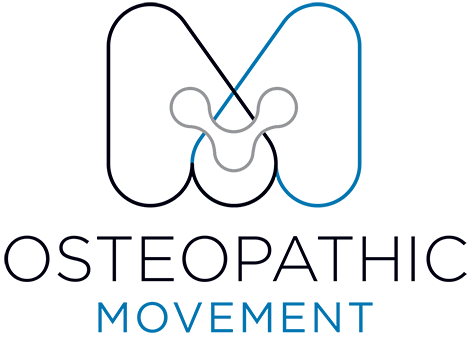Knee Pain and the Hip-Knee Continuum
Knee Pain and the Hip–Knee Continuum
Experiencing knee pain during your workouts lately? It might be time to shift your focus — from your knees to your hips.
Knee pain is one of the most common complaints we see at Osteopathic Movement South Yarra, affecting around one in four adults at some point in their lives (Nguyen et al., 2012). In active individuals, it can stem from a variety of conditions including:
Patellar tracking syndrome
Patellar tendinopathy
Fat pad impingement
Iliotibial band friction
Why Rest Isn’t Always the Answer
It’s understandable to want to rest a sore knee — many people stop lower body training altogether when discomfort appears. But complete rest often leads to weaker muscles and reduced tissue tolerance, which can make pain worse once you return to activity.
Instead of avoiding movement, the key is modifying your training to reduce knee stress while maintaining strength and mobility.
Understanding the Hip–Knee Relationship
The hip and knee don’t work in isolation — they form part of a kinetic chain that transfers load and movement throughout the lower body. When the hips are weak or not functioning efficiently, the knees often take on more than their fair share of the workload.
This can lead to increased strain on structures like the patellar tendon, joint surfaces, and surrounding soft tissues, contributing to ongoing pain and inflammation.
Shift the Load: Move from Knee-Dominant to Hip-Dominant Exercises
A simple but effective strategy to reduce knee pain while staying active is to emphasise hip-dominant exercises.
Knee-dominant movements such as squats and lunges require large amounts of knee flexion, which increases compressive forces through the joint. On the other hand, hip-dominant movements focus on the glutes and hamstrings, helping distribute load more evenly and improve lower-limb stability.
Examples of hip-dominant exercises include:
Deadlifts (Romanian or conventional)
Kettlebell swings
Glute bridges and hip thrusts
Step-ups focusing on hip drive
Cable pull-throughs
By strengthening the posterior chain — particularly the glutes and hamstrings — you help the hips absorb more of the load, reducing the strain placed on the knees during daily activity or training.
Practical Modifications in the Gym
If you’re getting knee pain while doing lunges in a workout, try modifying the exercise by switching to a hip thrust or kettlebell swing. This still provides an effective lower-body workout while reducing the load on your knees.
Alternatively, if a hip-dominant exercise is flaring up your hip, you can swap to a more knee-dominant movement to share the load differently.
And don’t worry — your trainer will understand if you need to modify an exercise. Anything is better than skipping the workout altogether. Smart modification beats avoidance every time.
How Your Osteopath Can Help
An osteopath can assess how your hips, knees, and ankles are moving together to identify the root cause of your pain. Treatment may involve:
Soft tissue and joint mobilisation to improve mobility
Dry needling or myofascial release to reduce muscle tension
Exercise prescription focused on hip and core strengthening
Biomechanical assessment to refine your squat, lunge, or running form
Your osteopath will also provide education on movement technique and load management, helping you stay active safely while your knee recovers.
The Takeaway
Knee pain is rarely just about the knee itself. It’s often the end result of hip weakness, movement imbalance, or poor load distribution through the lower body. By strengthening your hips, improving control, and learning to modify exercises intelligently, you can train pain-free and build long-term resilience.
Book Your Appointment
If you’re struggling with knee pain in the gym or during daily activity, our osteopaths can help identify the cause, treat the issue, and get you moving better.
• Meet our South Yarra osteopaths
• Explore our Osteopathic Movement wellness centre
• Book your appointment online
Written By Dr. Ashby Smith (B.HSc, B.HSc + B.ApSc (Osteopathic Medicine)) - Associate Osteopath, Osteopathic Movement, South Yarra.


